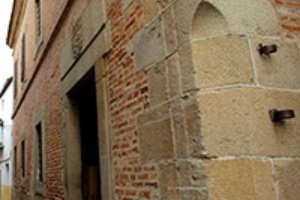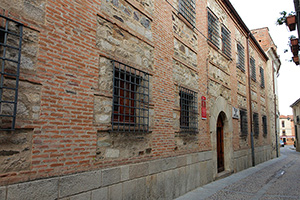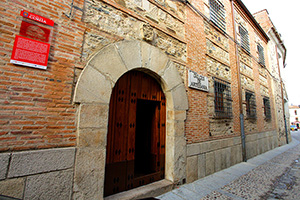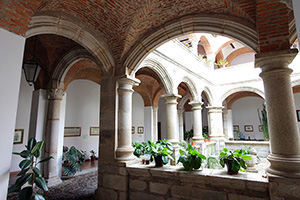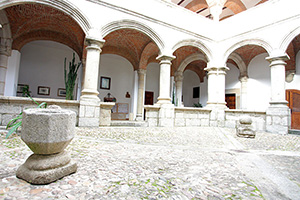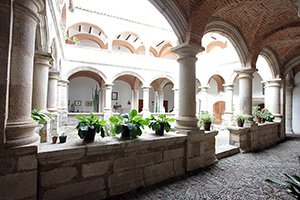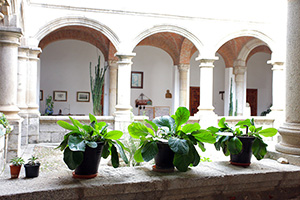Art and culture
Convent of Madre de Dios
A beautiful building that was renovated in the 14th and 16th century is what remains of the convent erected by Franciscan nuns in the 13th century. It is famous for its Mudéjar paving and traditional sweets.
- Explore
- Convent of Madre de Dios
Discover its artistic beauty and traditional sweets
Location and Contact:
- Tel.:+34 927 50 08 16
- Opening times
Monday to Saturday: 9.30am - 1pm and 4.30pm - 6.45pm
Sundays: 9.30am - 12.45pm and 4.30pm - 6.45pm
-
A beautiful building that was renovated in the 14th and 16th century is what remains of the convent erected by Franciscan nuns in the 13th century. It is famous for its Mudéjar paving and traditional sweets.
The Franciscan nuns of the T.O.R (Third Order Regular) founded the convent of Madre de Dios in Coria, Cáceres, during the 13th century.
The building can be found when we visit the old part of the town, and is the result of the alterations made in the 14th and 16th centuries. The first thing one notices about the convent is its beautiful brick façade.
Inside the building the highlights are the Gothic Renaissance cloister with a well, trapezoidal arches with Tuscan columns and the Mudéjar paving. The most remarkable works the monastery contains include a collection of paintings and ivory, and a painting on board by Pedro Machuca.
You simply must try the exquisite traditional sweetmeats made by the cloistered nuns who live in the convent.
-
- Origin:
-
- 13th century
- Construction:
-
- Convent
- Art period:
-
- Gothic
- Renaissance
- Period in history:
-
- 13th century
- 14th century
- 15th century
Gallery:
More suggestions
-
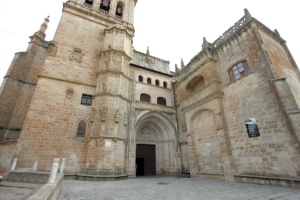
Cathedral Museum
A perfect place to learn about the history of Christianity and the city's culture in depth
-
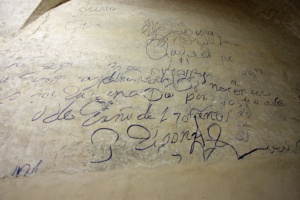
Royal Prison Museum
Just like in a bee-hive, the cells of this prison hold the essence of the main historic moments of the city of Coria
-
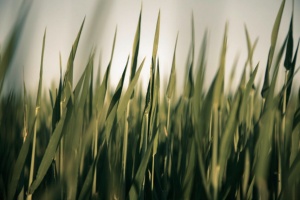
The Plane Tree of El Vivero
Visit the botanical garden of Coria and you will discover one of the trees the town's inhabitants take the most pride in conserving.
-
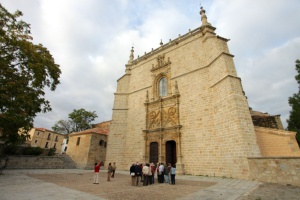
Coria, stately and Episcopal
A stroll around the town centre and a taste of the local dishes will suffice to conquer all visitors, not to mention the warmth and friendliness of the local inhabitants.
-
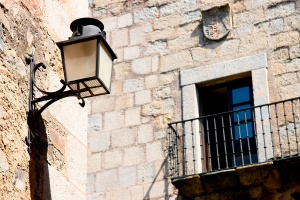
Casas de Don Gómez
-

Casillas de Coria
-

Portaje
-
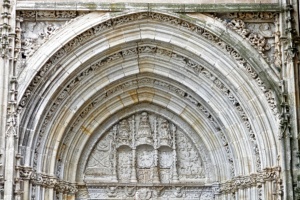
Coria Cathedral
This cathedral houses one of the most treasured relics from the time of Christ: the tablecloth from the Last Supper.
-
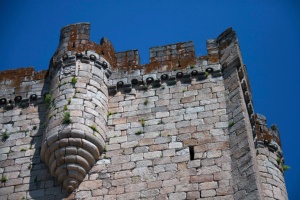
Coria Castle
Coria Castle, declared a site of cultural interest, is located in the Cáceres city of the same name and you can make out part of the Alagón River plains from its high tower.
-
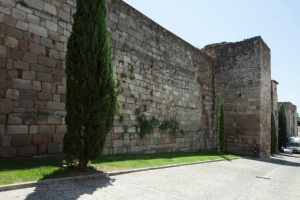
Walled enclosure of Coria
The town of Coria in the province of Cáceres is still protected by a solid Roman wall which has kept it safe from all kinds of attacks for centuries.

